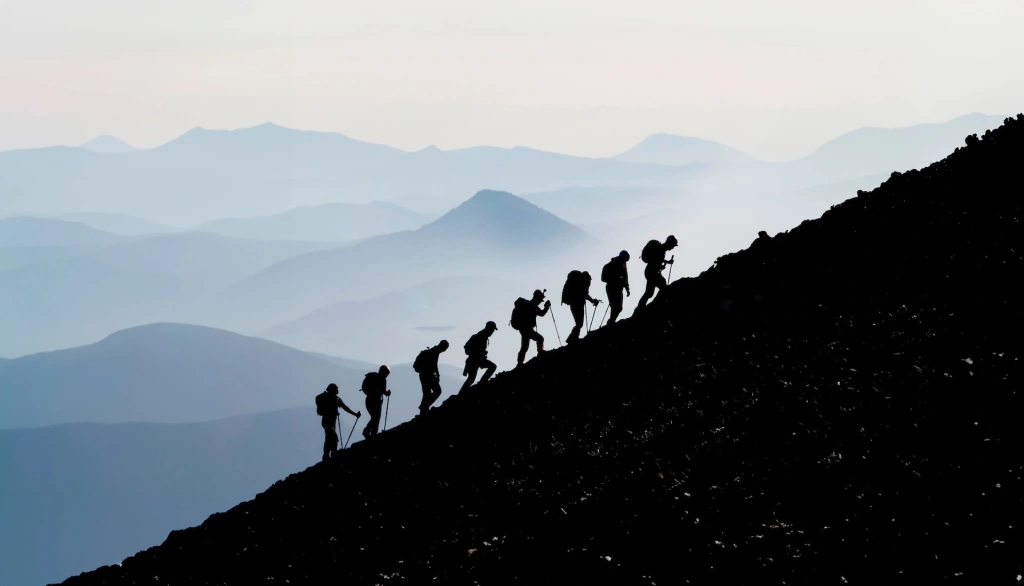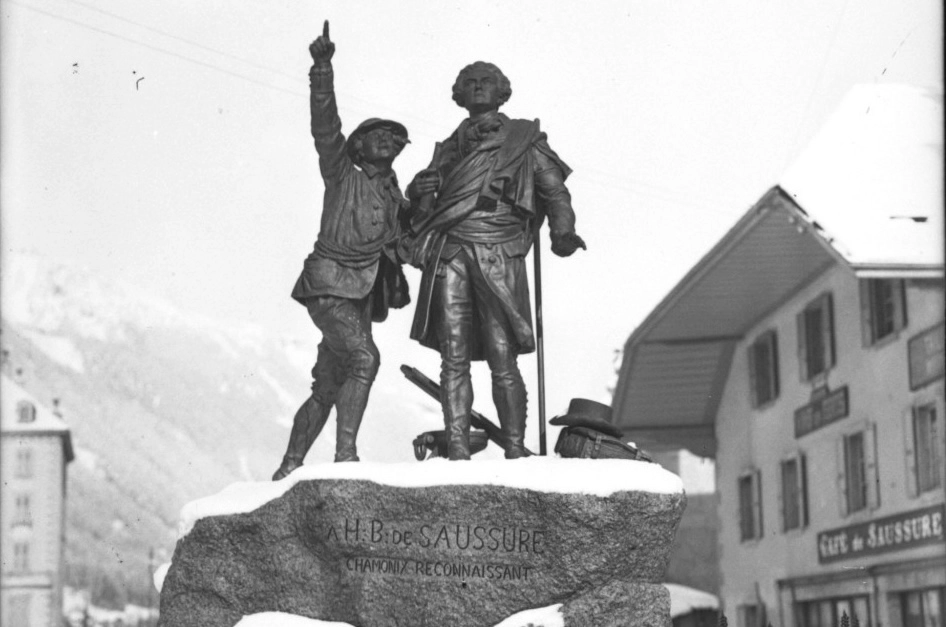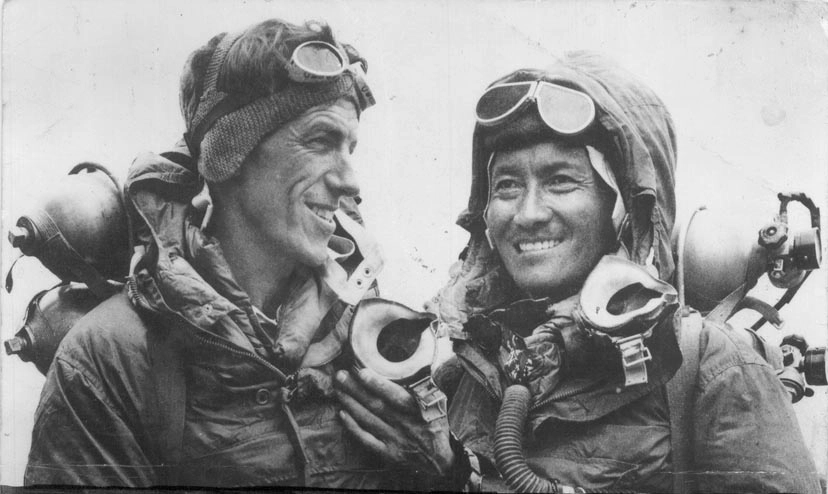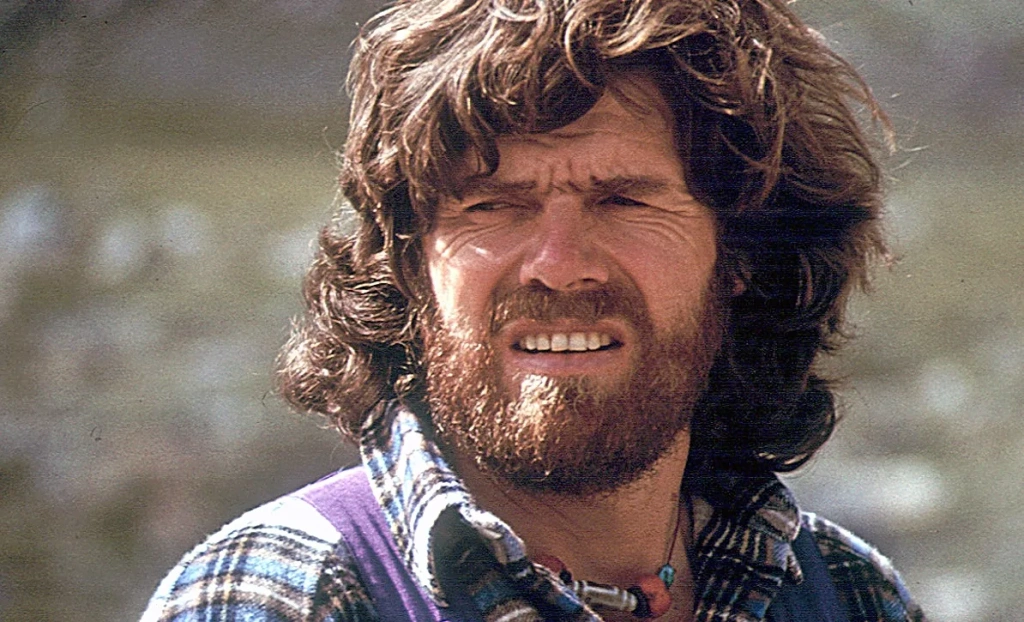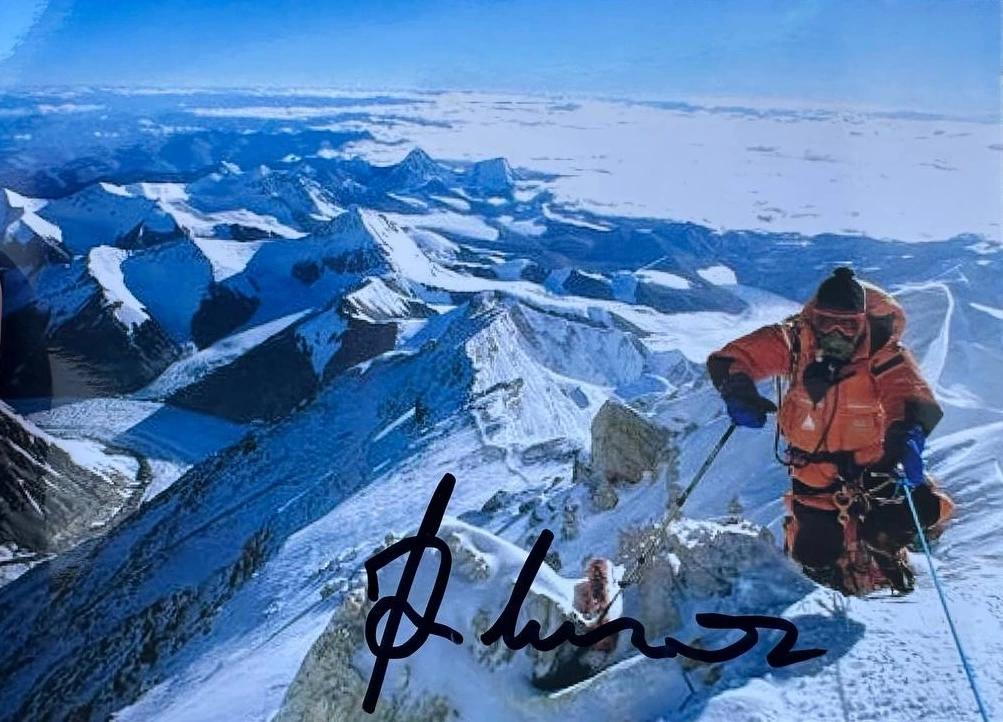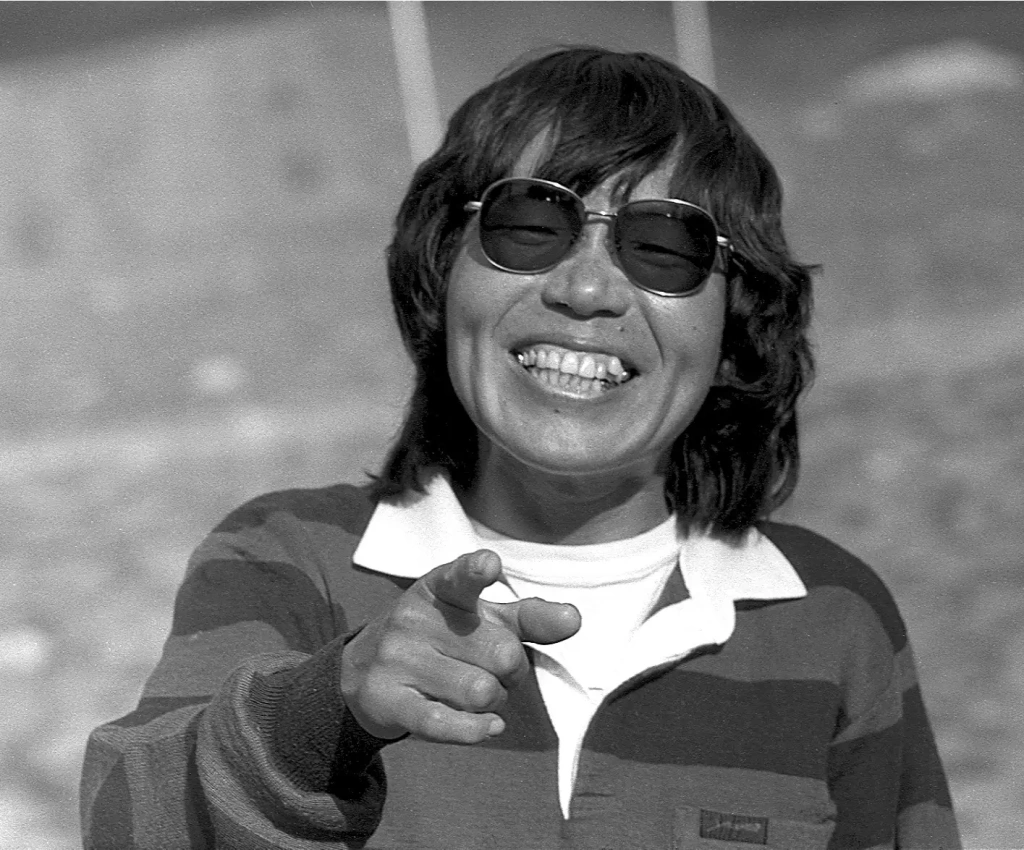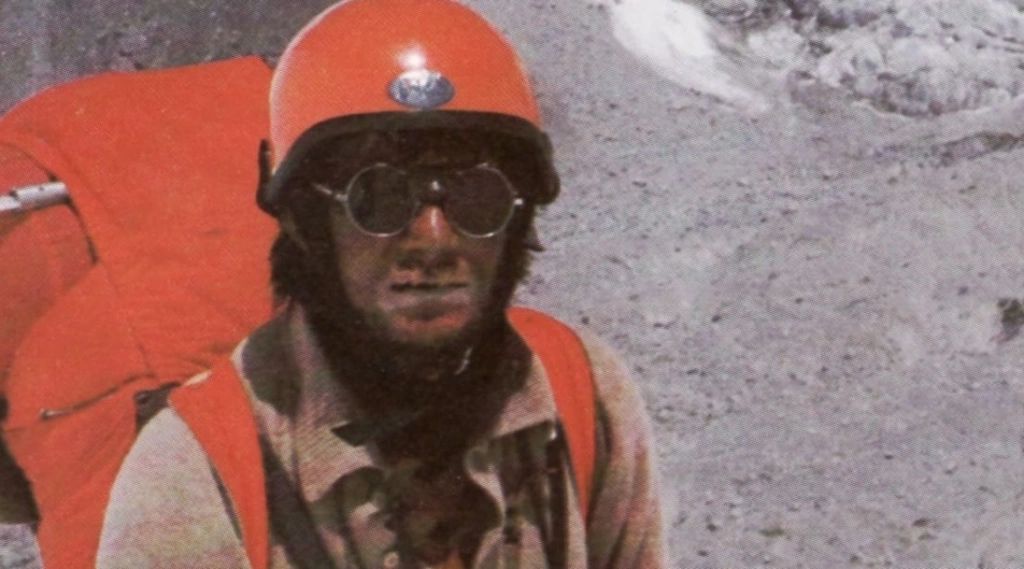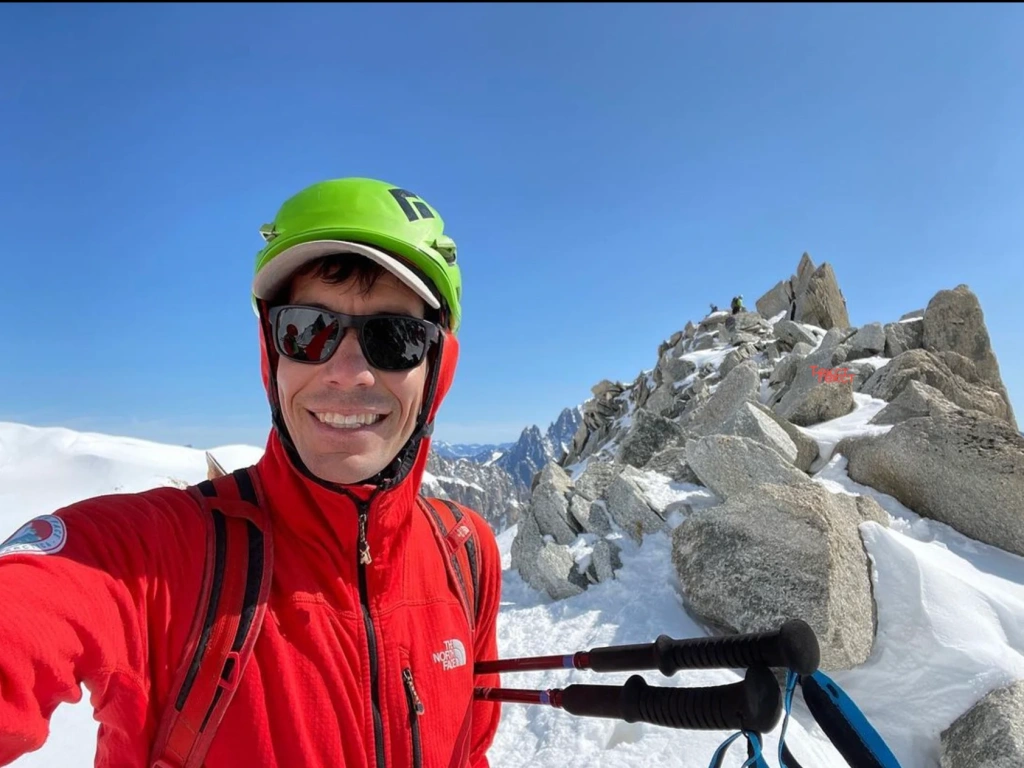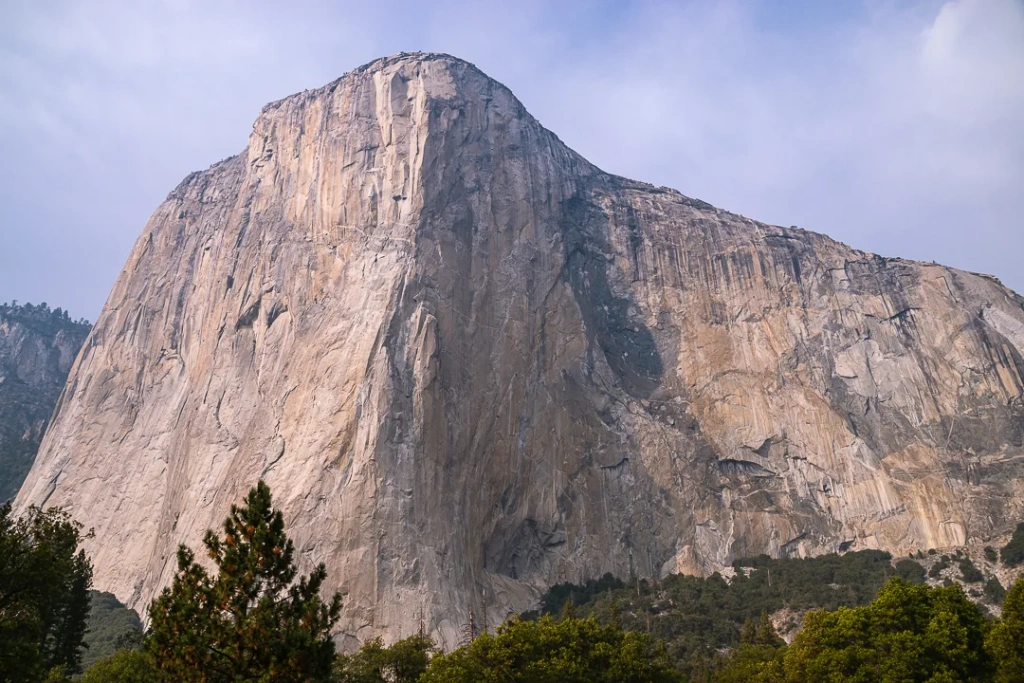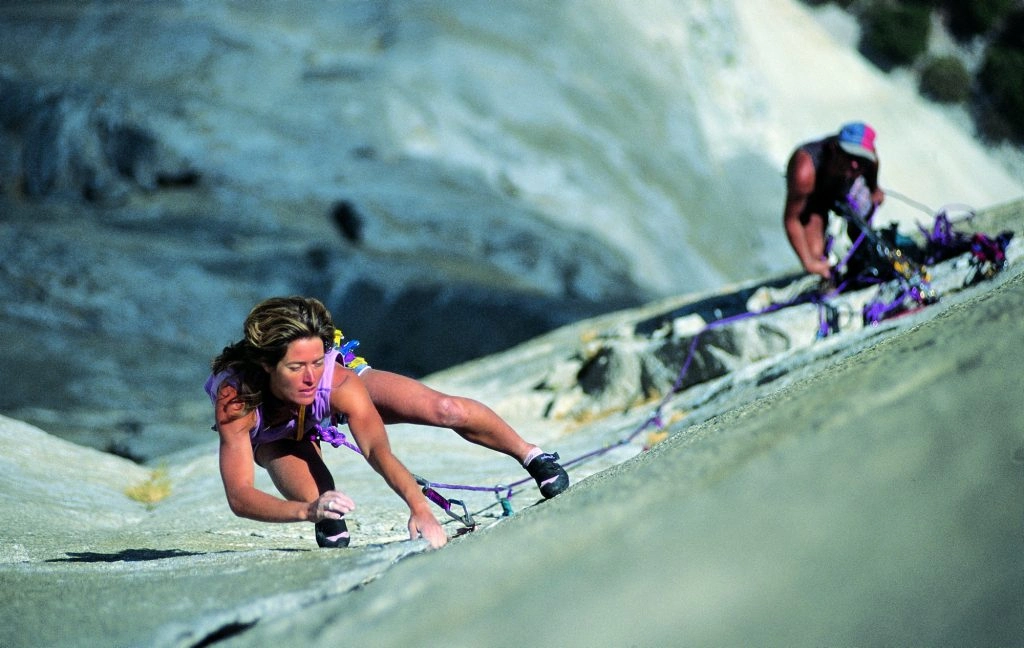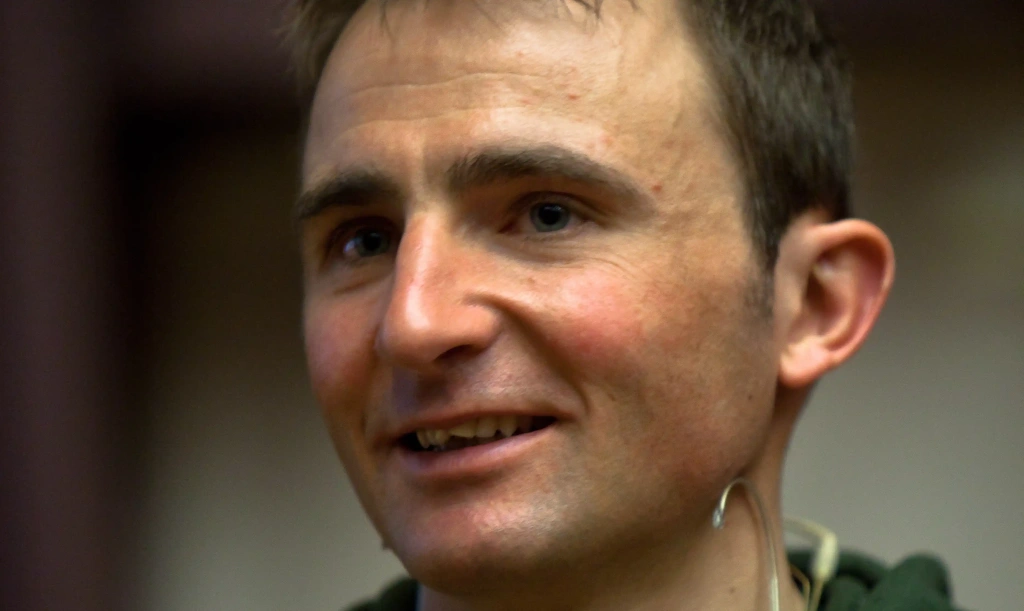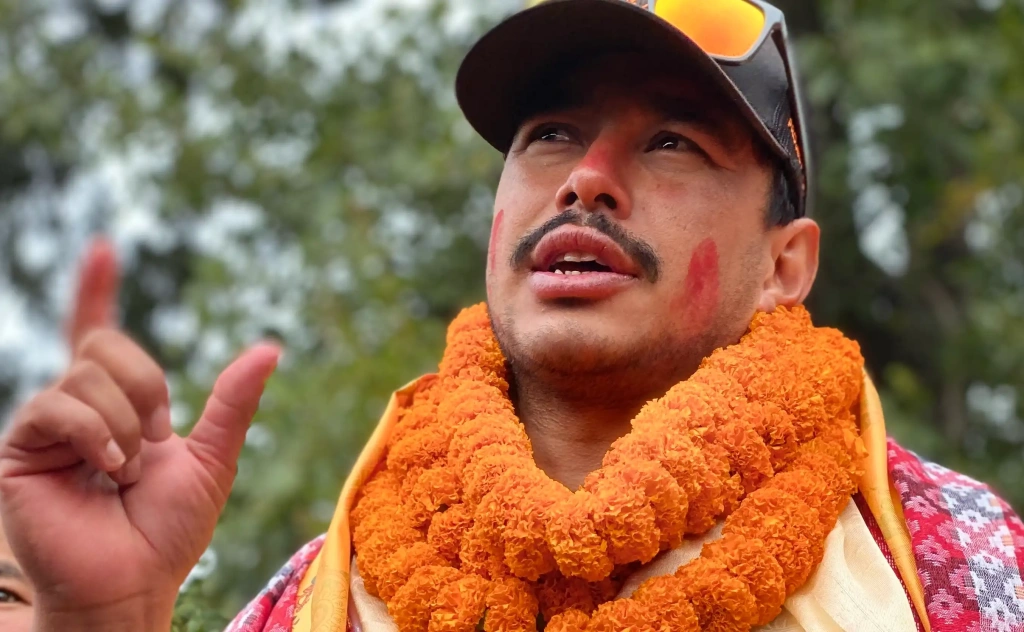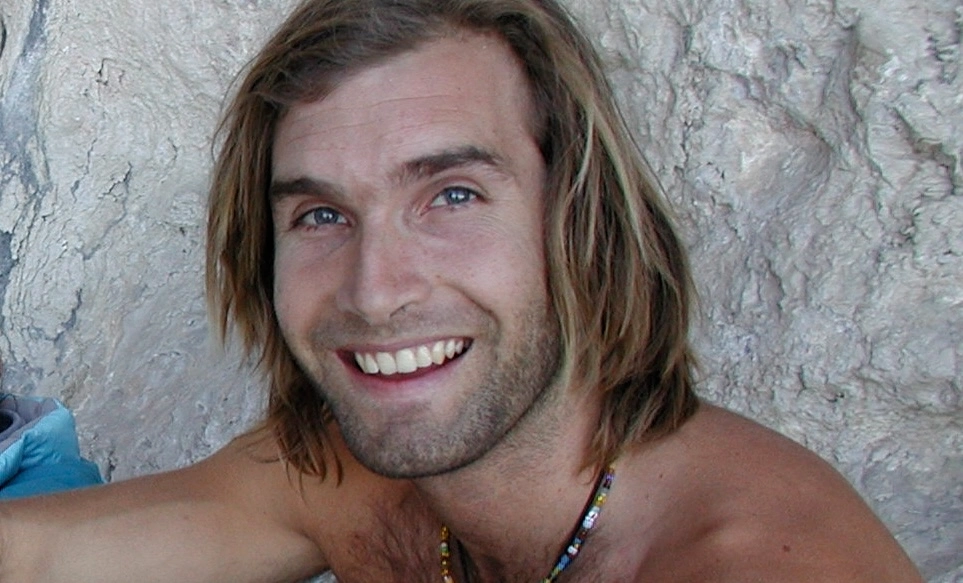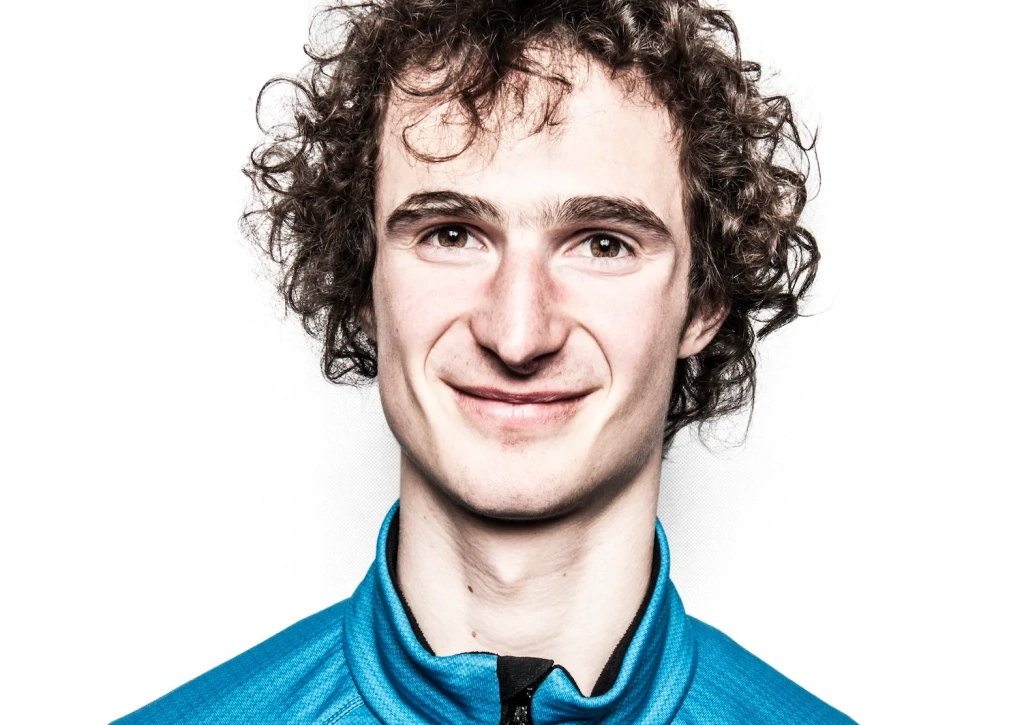More than two centuries have passed from Jacques Balmat's first ascent of Mont Blanc to Nirmal Purja's extraordinary “sprint” across the planet's highest peaks. During that time, the world has seen remarkable transformations. Yet, the human drive to explore the unknown has remained unchanged. In this article, the editorial team at Altezza Travel presents stories of 11 remarkable mountaineers and climbers who have pushed the limits of human potential and reshaped the history of mountains.
1. Jacques Balmat
Years of life: 1762–1834
Jacques Balmat, a peasant and hunter from the village of Chamonix, is regarded as one of the pivotal figures in the history of mountaineering. He was the first to climb Mont Blanc (4,807 m / 15,771 ft), thus initiating the era of mountain climbing as a sport.
Notably, Balmat did not undertake this expedition alone. He joined forces with Dr. Michel-Gabriel Paccard, who was interested in studying the effects of altitude on the body. On August 8, 1786, they reached the summit.
A quarter-century earlier, in 1760, the renowned geologist of the time, Horace-Bénédict de Saussure, promised a reward to anyone who could find a way to conquer Mont Blanc. A year after his triumph, Balmat accompanied de Saussure up the mountain, securing his status as one of the first professional climbers. However, Balmat and Paccard eventually ceased communication; many sources claim that the doctor was actually the first to step on the summit, but all the glory of the first ascent went to his partner.
2. Sir Edmund Hillary
Years of life: 1919–2008
Sir Edmund Hillary's name echoed around the world in the mid-20th century. The New Zealander entered history as one of the first conquerors of Everest — the highest mountain on the planet, also known as Jomolungma, Sagarmatha, "Top of the World," and "Third Pole."
Born in Auckland in 1919, Hillary developed an interest in mountaineering at a young age but only made his first ascent at the age of 20. It was Mount Olivier, standing 1,933 meters (6,342 feet) tall.
His professional journey began after World War II with the Southern Alps of New Zealand and the Alps of Europe. In 1949, he climbed Mount Jungfrau, which is 4,158 meters (13,642 feet) tall, and two years later, during a New Zealand expedition in the Garhwal Himalayas, he conquered five peaks over 6,000 meters. For his efforts, Hillary secured a spot in the British reconnaissance expedition led by Eric Shipton in 1951 to Everest, and later, in a similar expedition by John Hunt, which ultimately defined his path.
Legends of the "Third Pole"
About 400 people participated in Hunt's expedition, including Sherpas — local porters and guides. At the time, only four climbers were prepared to ascend the world's highest point — 8,848 meters (29,029 feet).
Charles Evans and Thomas Bourdillon were the first to storm the summit but only reached the South Peak. The second and last chance, due to approaching monsoons and limited oxygen, fell to Edmund Hillary and Sherpa Tenzing Norgay. These two became the first people in history to conquer Everest.
"It is not the mountain we conquer, but ourselves." - Edmund Hillary
Life after Everest
Sir Edmund Hillary dedicated his life to mountaineering, exploration (he even led an expedition to the South Pole), and humanitarian efforts. In 1960, he founded the Himalayan Trust, which built more than 30 schools, hospitals, and bridges in remote areas of Nepal to improve the lives of the Sherpa people. He passed away on January 11, 2008, at the age of 88. The Guardian called him "one of the greatest adventurers of the 20th century."
3. Reinhold Messner
Years of life: 1944 – present
Italian climber Reinhold Messner, from South Tyrol, is considered one of the greatest alpinists in history. By the age of 20, he had already completed over 500 ascents in the Dolomites.
Messner revolutionized Himalayan mountaineering with his "alpine style" — using minimal gear, avoiding bottled oxygen, and forgoing assistance from porters. His many groundbreaking achievements include the first ascent of Nanga Parbat’s Rupal Face in 1970 and the first solo ascent of Everest without supplemental oxygen in 1980. He was also the first person to summit all 14 of the world’s 8,000-meter peaks.
"Climbing is all about freedom, the freedom to go beyond all the rules and take a chance, to experience something new, to gain insight into human nature." - Reinhold Messner
After conquering the highest and most dangerous mountains in the world, he continued to seek adventure, crossing Antarctica, Greenland, the Gobi Desert, and even reaching the North and South Poles.
Messner's legacy
Throughout his life, Reinhold Messner has written over 70 books, opened the Messner Mountain Museum network, which is dedicated to the history of mountaineering, and has been involved in political and social activities, promoting the conservation of mountain ecosystems. But above all, he has changed the perception of human capabilities, both physical and mental, inspiring generations of climbers.
4. Junko Tabei
Years of life: 1939–2016
Junko Tabei is featured in nearly all lists of the world's best mountaineers. Born in 1939 in Fukushima Prefecture, she made her first climb at the age of 10 on Mount Nasu, which is 1,916 meters (6,286 feet) tall. After university, she founded the Women's Mountaineering Club — the first in Japan. At the time, men did not take women climbers seriously, and she wanted to prove them wrong.
"I challenge myself"
In 1975, Junko led an all-female Japanese expedition to Everest. During the climb, her team was caught in an avalanche, but she refused to abandon the ascent despite strong objections. Her perseverance paid off when she reached the summit, completing the first female ascent of Mount Everest in history. By 1992, she had completed the Seven Summits challenge, making her the first woman to scale the highest peak on each continent.
"It is because I love mountains. I love to go wherever I’ve never been before. So I am challenging myself to climb all the highest peaks of all countries of the world. I am now 76, and have scaled the highest peaks of 76 countries. I am suffering cancer but I would like to keep going my way and climb mountains." - Junko Tabei said in her final interview with Outside magazine.
Beyond her mountaineering achievements, Tabei was a passionate advocate for environmental conservation. She organized cleanup expeditions on Everest and earned a degree in environmental science, giving lectures to raise awareness about protecting mountain ecosystems.
She passed away on October 20, 2016, after a long illness at the age of 77.
5. Jerzy Kukuczka
Years of life: 1948–1989
Jerzy Kukuczka, one of Poland’s most legendary climbers, was the second person in history (after Reinhold Messner) to climb all 14 eight-thousanders. Remarkably, he pioneered new, previously untraveled routes on 10 of them.
His first eight-thousander was Lhotse, standing at 8,501 meters (27,890 feet), which he summited in 1979. The following year, he ascended Everest — the only time he ever used supplemental oxygen. Soon after, he conquered Makalu at 8,485 meters (27,838 feet), Dhaulagiri at 8,167 meters (26,795 feet), and Cho Oyu at 8,021 meters (26,335 feet). He became the first person to summit the last two in winter.
Kukuczka was a dedicated practitioner of alpine-style climbing. Tragically, his final climb was also on Lhotse. In 1989, while attempting an ascent via the South Face (still regarded as one of the most technically demanding routes) he slipped on an icy section at approximately 8,300 meters (27,231 feet) and fell when his safety rope snapped.
His body was never recovered. Fellow climbers who participated in the search stated that they had laid him to rest in a glacier crevasse. Otherwise, he would have been classified as missing, complicating his family's ability to claim benefits.
6. Alex Honnold
Years of life: 1985 – present
Alex Honnold’s extreme free solo ascents of towering cliffs without a rope have made him a living legend and one of the most famous rock climbers of our time. Born in 1985 in Sacramento to a family of teachers, he took up rock climbing at the age of 11. After high school, he enrolled at the University of California but soon dropped out, deciding to dedicate himself entirely to his passion.
One of Honnold’s most remarkable achievements came in 2017 when he climbed the Freerider route on El Capitan. He became the first person in history to scale the nearly 900-meter (2900-foot) vertical granite wall alone and without a safety rope. The first free ascent took him about four hours. For comparison, the first climb of this route in 1958 took 45 days, while modern climbers typically take three to five days.
In 2018, National Geographic released the documentary Free Solo, which won an Academy Award. The film provides an in-depth look at Honnold’s preparation and his historic free solo climbing ascent of El Capitan.
He has traveled worldwide and successfully expedited Antarctica, South America, Greenland, and other regions. He is also known for his minimalist lifestyle — he lived in a van for many years, traveling across the U.S. searching for new climbing routes. Now, he lives in Las Vegas with his wife and two daughters. In addition to climbing, he is actively involved in developing his foundation, which provides grants to organizations working to expand access to solar energy worldwide.
His biography on his official website begins with the phrase: "More people will walk on the moon than will do what Alex Honnold has done." And it’s hard to argue with that.
7. Lynn Hill
Years of life: 1961 – present
American female climber Lynn Hill is a true icon in the climbing world. She broke gender stereotypes and redefined what was possible in the sport. Born in Detroit, she spent her childhood in Southern California, where she developed a passion for climbing at the age of 14.
Hill won over 30 titles during her competitive career, including five victories at the prestigious Rock Master competition. In 1992, she retired from competition to focus entirely on traditional rock climbing on natural terrain.
Life in the vertical world
In 1993, Lynn became the first person in history to El Capitan's The Nose route (rated 5.13). A year later, she set another milestone by completing the ascent in a record-breaking 23 hours.
Today, Hill is a mentor and instructor, conducting workshops and sharing her vast experience with new generations of climbers. She is also the author of the autobiography Free Climbing: My Life in the Vertical World.
8. Ueli Steck
Years of life: 1976–2017
Ueli Steck was a Swiss mountaineer renowned for his speed ascents and mastery of extreme alpine routes. Born in Langnau im Emmental, Switzerland, he developed a passion for mountaineering as a child and summited the 3,248-meter (10,656 ft) Wildhorn at the age of 12.
At 18, Steck climbed one of the world's most dangerous mountains — the 3,967-meter (13,015 ft) Eiger — via its notorious North Face. Over the years, he continued to push his own limits, breaking his records and setting new standards for climbers worldwide.
Some of Steck’s most remarkable achievements include:
- The first ascent of the north face of Gasherbrum II (7,772 m / 25,500 ft)
- The first solo ascent of the south face of Annapurna (8,091 m / 26,545 ft)
- Climbing all 82 Alpine peaks over 4,000 meters (13,123 ft) in just 61 days
- The first ascent of the north face of Tengkampoche (6,500 m / 21,325 ft)
9. Nirmal “Nims” Purja
Years of life: 1983 – present
Nirmal “Nims” Purja is a Nepalese mountaineer and former British Special Forces operator. By combining military discipline with an unrelenting passion for high-altitude climbing, he has redefined the boundaries of human endurance and speed in mountaineering.
Project Possible
Nims’ most audacious achievement, Project Possible, stunned the global climbing community. He set out to summit all 14 peaks over 8,000 meters (26,247 ft) in record time — 6 months and 6 days. Despite financial struggles and participating in two high-altitude rescues along the way, he accomplished what had previously taken climbers years to achieve.
Starting on April 23, 2019, with a climb of Annapurna, 8,091 meters (26,545 feet), and completing the challenge on October 29 with an ascent of Shishapangma, 8,027 meters (26,335 feet), Nims wasted no time in announcing his next bold endeavor. In November, he set his sights on making history once again — this time, by achieving the first-ever winter ascent of K2, a feat that had eluded climbers despite numerous attempts.
K2, the world’s second-highest peak at 8,614 meters (28,261 feet), is considered significantly more technically challenging than Everest. On January 16, 2021, Purja, alongside his all-Nepali team, stood triumphantly on the summit. In a powerful symbol of unity, they completed the final steps to the peak hand in hand, showcasing to the world that Nepalese climbers are not just elite guides and Sherpas but also world-class mountaineers in their own right.
In October 2024, Nims' name once again made headlines — twice. He repeated his feat of summiting all 14 eight-thousanders, but this time, without supplemental oxygen. Completing the challenge in just 2 years and 5 months, he set a new world record. Furthermore, on October 21, he completed the Seven Summits challenge, becoming the only person in history to conquer the highest mountains on each continent as well as all the world's tallest peaks, both with and without bottled oxygen.
10. Chris Sharma
Years of life: 1981 – present
American rock climber Chris Sharma has been repeatedly recognized as one of the strongest climbers in the world, thanks to his first ascents of routes previously considered impossible. Born in California, he discovered climbing at the age of 12, and by 15, he had already completed his first 5.14c ascent.
Some of Sharma’s most remarkable achievements include:
- Realization (2001): The world’s first 5.15a route in France, which became a benchmark for future generations.
- Es Pontas (2006): A deep-water solo ascent (climbing above water without a rope) in Mallorca, considered one of the most difficult routes in the world — graded 5.15a.
- Jumbo Love (2008): A 5.15b route in California, once regarded as the hardest climb in existence.
- La Dura Dura (2013): For years, this was considered the most challenging ascent in history, graded 5.15c.
Today, Sharma lives in Barcelona with his family and continues climbing. He also owns climbing gyms in California and Spain. In 2023, he released The Climb, a series that debuted on HBO Max.
11. Adam Ondra
Years of life: 1993 – present
Czech climber Adam Ondra is widely regarded as one of the strongest and most talented athletes of modern climbing. He began climbing at the age of six, and by 13, he was already completing 5.14d routes.
He made history as the first person to conquer the extremely difficult Change route, rated 5.15c, in 2012, followed by Silence, the first-ever 5.15d route, in 2017. The latter is a 45-meter (148-foot) overhanging wall inside a granite cave in Norway, which had previously been deemed impossible to climb. To this day, it remains unconquered by anyone else.
Adam Ondra also boasts numerous victories at World Championships, European Championships, and the prestigious Rock Master competition.
The stories and achievements of Ondra and hundreds of other climbers continue to inspire people around the world. Each of them — from Jacques Balmat to Sir Edmund Hillary and Adam Ondra — has proven through personal example that nothing is impossible for humankind. The mountains and routes they ascended remain out of reach for most people. However, the chance to step into the world of mountaineers and test one's own limits is available to everyone.
Kilimanjaro is one of the celebrated Seven Summits and holds the title of the highest freestanding mountain on Earth. Yet, no specialized climbing equipment or professional training is required to climb Kilimanjaro. All it takes is average physical fitness and the determination to reach 5,895 meters (19,341 feet) above sea level. According to Altezza Travel’s estimates, 97% of our travelers successfully reach Uhuru Peak.

All content on Altezza Travel is created with expert insights and thorough research, in line with our Editorial Policy.
Want to know more about Tanzania adventures?
Get in touch with our team! We've explored all the top destinations across Tanzania. Our Kilimanjaro-based adventure consultants are ready to share tips and help you plan your unforgettable journey.















